Ivermectin to reduce malaria transmission I. Pharmacokinetic and pharmacodynamic considerations regarding efficacy and safety
- PMID: 28434401
- PMCID: PMC5402169
- DOI: 10.1186/s12936-017-1801-4
Ivermectin to reduce malaria transmission I. Pharmacokinetic and pharmacodynamic considerations regarding efficacy and safety
Abstract
Ivermectin is an endectocide that has been used broadly in single dose community campaigns for the control of onchocerciasis and lymphatic filariasis for more than 30 years. There is now interest in the potential use of ivermectin regimens to reduce malaria transmission, envisaged as community-wide campaigns tailored to transmission patterns and as complement of the local vector control programme. The development of new ivermectin regimens or other novel endectocides will require integrated development of the drug in the context of traditional entomological tools and endpoints. This document examines the main pharmacokinetic and pharmacodynamic parameters of the medicine and their potential influence on its vector control efficacy and safety at population level. This information could be valuable for trial design and clinical development into regulatory and policy pathways.
Keywords: Anopheles; Endectocide; Ivermectin; Pharmacokinetics.
Figures
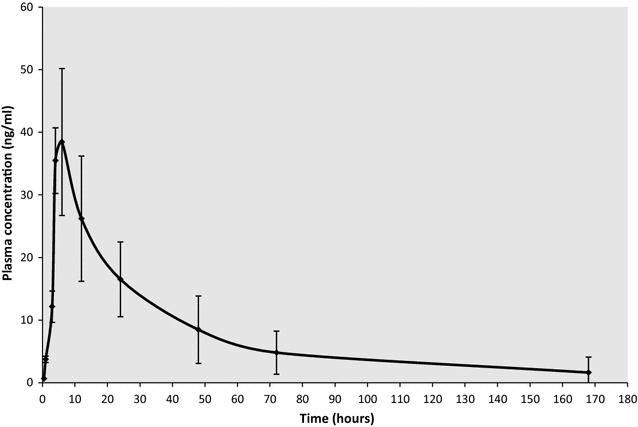
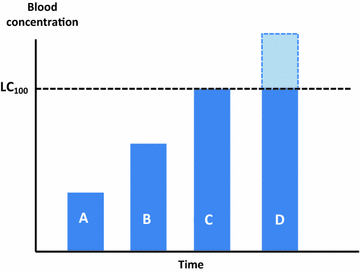
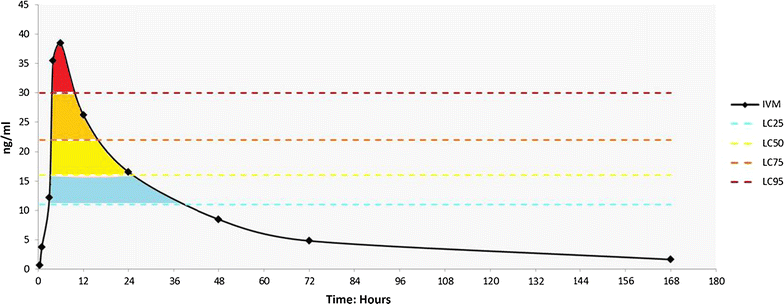
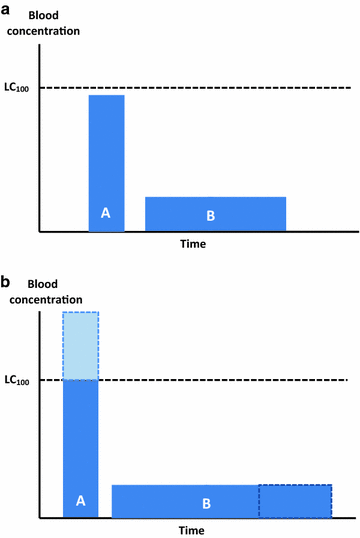
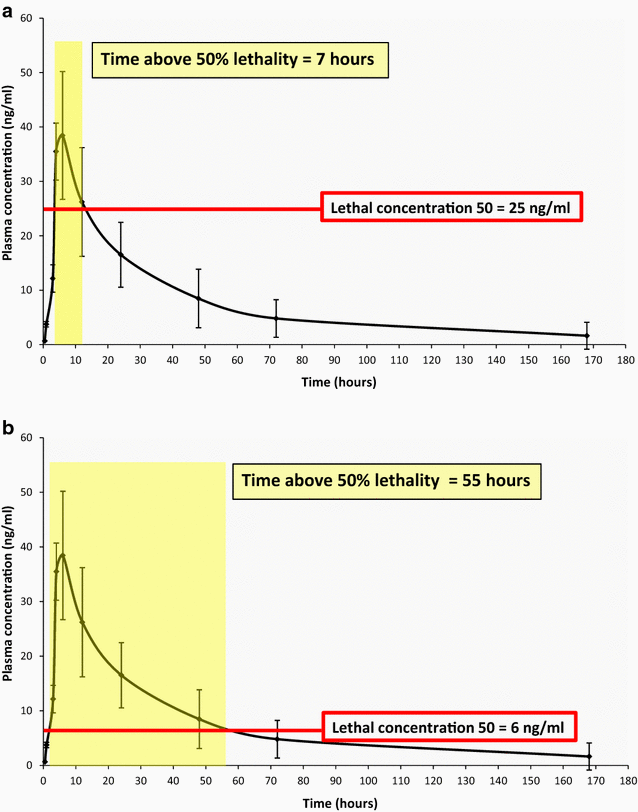
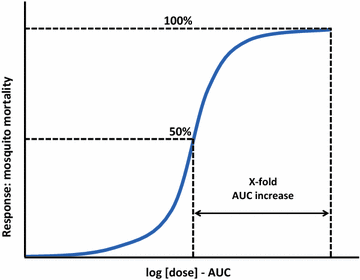
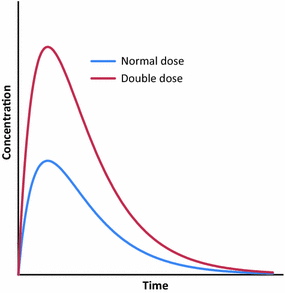
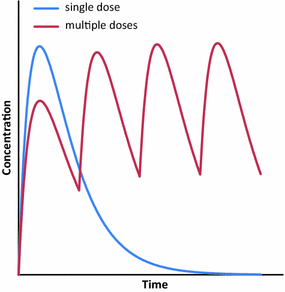
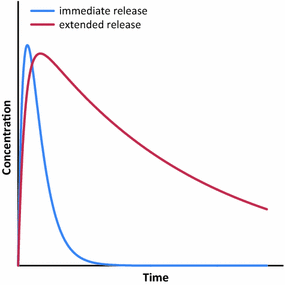
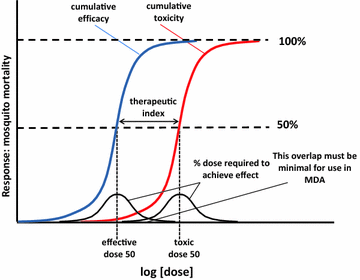
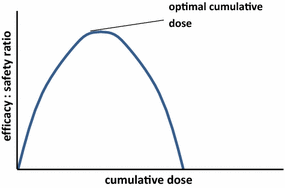
References
-
- Durnez LC, Coosemans M. Residual transmission of malaria: an old issue for new approaches. In: Anopheles Mosquitoes–new insights into malaria vectors. Manguin S, editor. InTech; 2014.
-
- WHO. Global technical strategy for malaria 2016–2030. Geneva: World Health Organization. http://www.whoint/malaria/publications/atoz/9789241564991/en/. Accessed Feb 2017.
Publication types
MeSH terms
Substances
LinkOut - more resources
Full Text Sources
Other Literature Sources
Medical

